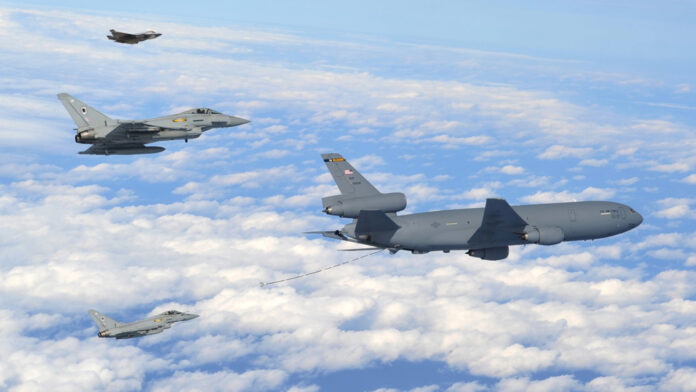
Collins Aerospace has developed a new power module to support open architecture applications such as mission computers, signal processors, aircraft communication and radar systems. The Collins 3Phase 3U power module delivers up to 800 watts of power without requiring additional filtering hardware for Space, Weight, and Power (SWAP)-constrained platforms operating in harsh environments.
The solution complies with MIL-STD-461F and meets standards developed by VITA, an international trade association responsible for developing standards for open architecture solutions. The hardened 3U VPX power module features embedded EMI filtering and is part of a growing product line of 3U VPX building block components to deliver innovative SWAP-efficient open architecture solutions to the tactical edge.
As airframes modernize and incorporate new, more complex systems, the primary power source needs to deliver higher performance in extreme environments without adding weight. The Collins team has pushed the boundaries of power supply design to produce a 3U, 1 inch pitch module that features superior voltage regulation and ultra-low ripple to maximize the capabilities of the system application. The n-board VITA 62 compliant EMI filter offers superior performance and provides robust power to embedded system applications and sets Collins apart from its competitors in this market segment.
“Efficient, reliable and modular power conversion is critical to achieving maximum system performance in extreme conditions,” said Heather Robertson, vice president and general manager of integrated solutions at Collins Aerospace. “This power module is a significant step forward in enabling aircraft modernization efforts without losing performance.”




